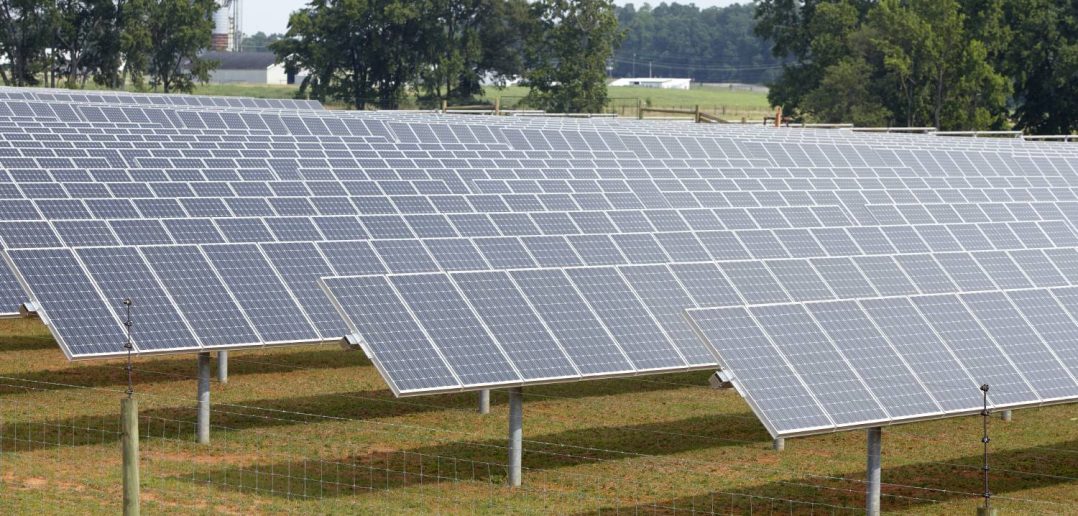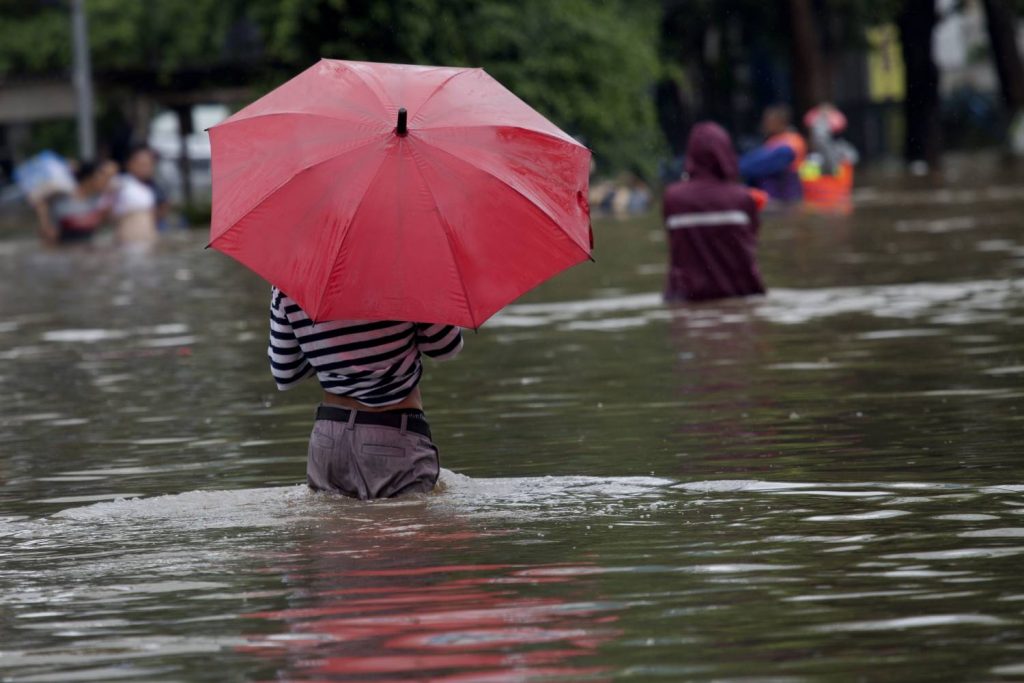Analytics are vital to a safer future. As a renowned sustainability leader, SAS is committed to making a positive impact on our customers, employees, and the planet. Climate change is more important than ever, and the explosion of big data is essential to navigating this crisis. Learn how analytics is used worldwide to support a sustainable planet.
Increasing awareness to improve reef health
Despite being invisible from where people dwell on land, reef health is inextricably tied to the well-being of humans who depend on coastal waters for their health and livelihoods. The Healthy Reefs for Healthy People Initiative uses data gathered by their scientists to better understand the overall health of the Mesoamerican Reef, a diverse system of coral reefs located off the eastern coast of Central America and Mexico. Data visualizations created in SAS Visual Analytics can help governments and organizations prioritize actions that balance the thousands of interconnected organisms, from fish to coral to algae, in this fragile ecosystem.
Protecting wildlife through personalized donor funding
The World Wildlife Fund (WWF) has been taking a closer look at how to use its channels to ensure its donor base stays active, aware and engaged. To do this, WWF needed to understand what types of donors it has, what channels donors are most likely to use and how long they are likely to remain donors. SAS created donor lifetime value models to predict each donor’s future giving, allowing WWF to determine the best time and way to reach out to individuals. This level of personalization will vastly improve the nonprofit’s relationships with its donors and constituents.
Preserving wildlife through modernized marketing
The Nature Conservancy redefined its marketing strategy through digital transformation with SAS Customer Intelligence 360. With more efficient fundraising and increased donor retention, this global environmental nonprofit achieved its best year ever for membership revenue, helping to advance its mission of building a more sustainable future.
Strengthening response to climate-related events
Climate-related weather events like fires and floods are on the rise, endangering communities and wildlife. To help monitor, measure and mitigate many of the effects of climate change, from bushfire ignition and flooding to air quality and environmental health, Australian engineering firm Attentis has designed and manufactured intelligent sensors. Equipped with AI-embedded SAS Analytics for IoT, local officials can use real-time information to identify hazards such as a smoldering fire or rapid water-level rise and respond immediately.
Guarding the rainforest with artificial intelligence
Rainforests continued to experience devastating forest loss as destruction and deforestation levels spiked. SAS launched a global project using crowd-driven AI to help track and ultimately stop deforestation in the Amazon Rainforest. These findings allow policymakers to help protect the home of the most diverse species in the world thanks to trusted analytics decisioning.
Preparing for floods with predictive analytics
Cities worldwide are at risk of disaster from unexpected flooding events compounded by urbanization and increasing population. SAS Analytics for IoT paired with Microsoft Azure IoT provides real-time solutions using predictive technologies to improve citizen safety.
Combating carbon emissions with IoT
Most people have heard about the environmental consequences of excessive carbon emissions. The main concern concerns carbon dioxide (CO2), the biggest contributor to greenhouse gases (GHGs) that are warming our planet. Earth can balance out the effects of naturally occurring activities that produce CO2 (like respiration). But climate changes escalate when we interrupt the natural balance – like burning many fossil fuels or cutting down too many CO2-absorbing trees. Some businesses have been using analytics for years to cut carbon emissions while achieving other goals – see how they're doing it.








